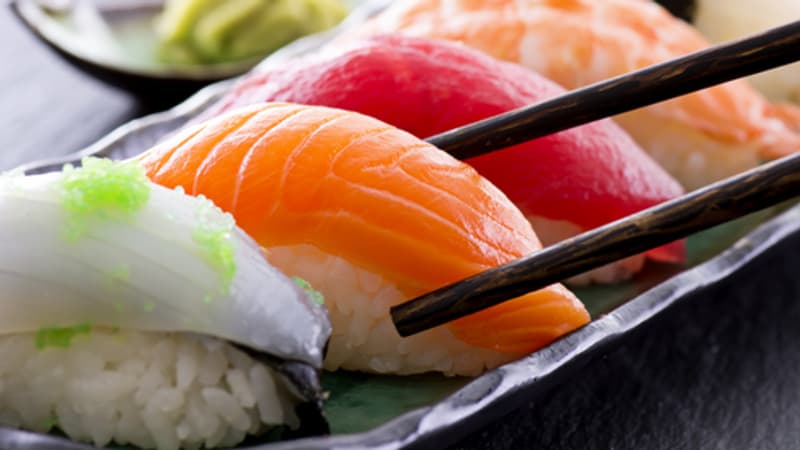Planet Sushi saved his skin. But at the cost of a drastic reduction in its fleet of restaurants. Placed in liquidation at the beginning of March, the pioneering Japanese fast food chain in France will sell 17 of its own restaurants (of the 19 it owned) to the French investment fund Montefiore.
“A third did not return to profitability after the Covid pandemic, the company specifies. All are absorbed as restaurants and therefore their jobs will be preserved, which was the priority of shareholder Siben N’Ser”.
Entrepreneur Siben N’Ser who founded Planet Sushi (a nod to Planet Hollywood) in 1998 at the age of 20 will retain the brand and be able to continue franchising. Four new openings are planned, says the company, which will be added to the current 39 restaurants.
Accusing other sushi chains of “unfair competition”, the Planet Sushi founder takes particular aim at Sushi Shop, the current market leader. It is a fratricidal battle that has faced the two companies for years. The founders of Planet Sushi and Sushi Shop met on the benches of the institute in Paris. If the agreement has been cordial between the two rival groups for years, the Sushi Shop takeover bid in 2018 by the giant AmRest, which operates Pizza Hut, KFC and Burger King restaurants in Europe, has changed the situation. The founder of Planet Sushi accuses the Spanish giant of having copied his methods and defrauded his executives with the Sushi Shop takeover bid.
21 euros per person
Beyond these legal battles, it is the sector as a whole that has not been at its best in recent years. Number 3 in the Eat Sushi sector, which was aiming for 70 restaurants, for example, has lowered its ambitions with around thirty restaurants currently in the area.
“Sushi fell between 5 and 7% last year, confirms Bernard Boutboul, Gira’s catering specialist. It remains the most expensive product in fast food and home delivery with an average price of 21 euros per person compared to 10-11 euros for the hamburger and 12-13 for the pizza”.
In a context of high inflation, sushi takes the brunt of consumer arbitrage. Like purchases of fresh fish, they drop by almost 14% in one year in supermarkets. Especially since the Japanese preparation mainly includes salmon, one of the fish whose price has shot up the most in a year. A kilo of fresh sliced salmon is exhibited at almost 20 euros in Rungis compared to less than 10 in 2021. Therefore, restaurant chains must assume their margins to limit price rises. And in this game, only the largest and most profitable can afford such a sacrifice.
But the sector’s difficulties are perhaps deeper. After conquering the main urban centers, sushi is fighting to become a truly popular dish. If Japanese cuisine continues to attract a clientele of young, wealthy urbanites addicted to delivery apps, it hasn’t penetrated France’s periphery in the same way that burgers or pizza have.
“It is a market that has matured very quickly, says Bernad Boutboul. My feeling is that the French are not big fans of raw products. The wave of supermarket kiosks has democratized sushi, but we see it stabilizing even then.”
After the initial euphoria, now is the time to branch out for these kiosks which are very expensive for stores with their dedicated team. Thus, Sushi Daily, one of the leaders in the sector with 300 kiosks installed in Carrefour, Casino, Système U and Monoprix stores, now offers poke bowls (a Hawaiian dish that has nothing Japanese about it) and is even going to launch a range of 10 Korean street food dishes. Korean cuisine with preparations such as bibimbap or kimchi noodles is enjoying increasing success in mass retail (+63% in 2022) and could unseat Japanese cuisine with its more affordable prices.
Source: BFM TV


